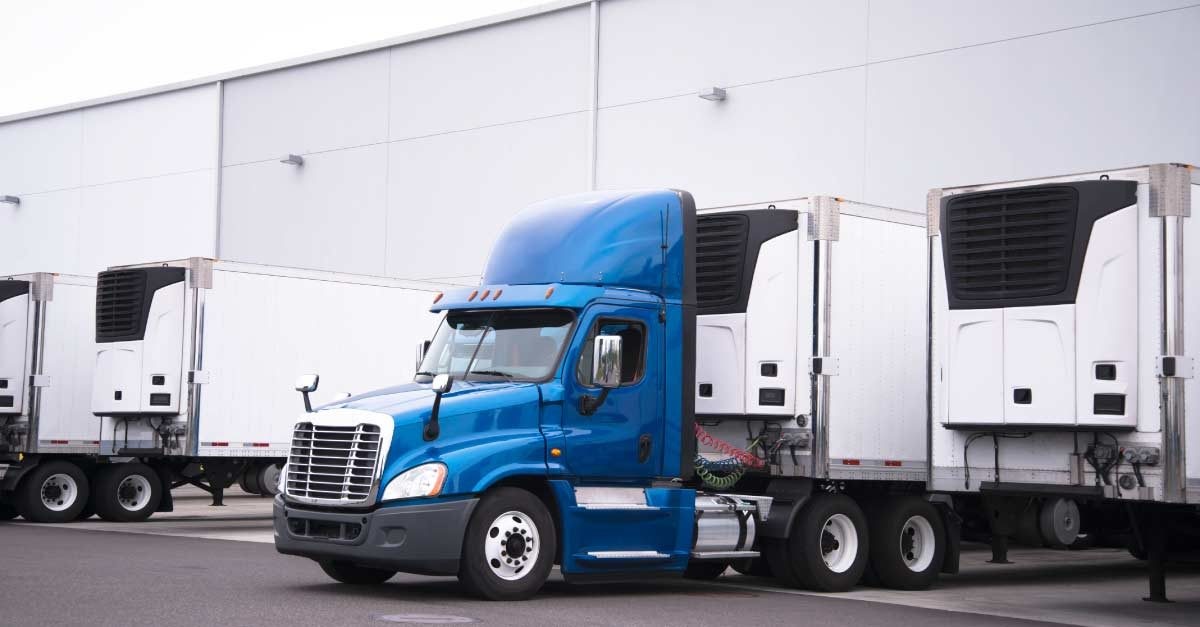The impact of climate change on cold chain logistics

Cold chain logistics, a critical component of the global supply chain for perishable goods, faces significant challenges due to climate change. The increasing global temperatures, extreme weather events, and environmental regulations are reshaping how cold chain logistics operate. This article examines the impact of climate change on cold chain logistics and explores potential adaptive strategies.
Increased operational challenges
Temperature volatility
Climate change has led to increased temperature volatility, making it more challenging to maintain the required conditions for perishable goods during transit. According to a report by the national oceanic and atmospheric administration (noaa), global surface temperatures have been rising, with the last seven years being the warmest on record. This rise affects the efficiency of refrigerated transport, increasing energy consumption and operational costs.
Disruption from extreme weather events
Extreme weather events, such as hurricanes, floods, and heatwaves, have become more frequent and severe due to climate change. These events can disrupt transport routes, damage infrastructure, and lead to spoilage of perishable goods. The global climate risk index 2021 indicated that such extreme weather events are increasingly impacting supply chains worldwide.
Environmental regulations and compliance
Stricter emission standards
In response to climate change, governments are implementing stricter emission standards for transportation, including refrigerated transport. These regulations aim to reduce greenhouse gas emissions but also pose challenges for cold chain logistics operators in terms of compliance and increased operational costs.
Adoption of eco-friendly technologies
To meet these new standards, there is a growing shift towards eco-friendly refrigeration technologies and alternative fuels. The international transport forum projects that by 2050, carbon dioxide emissions from freight transport must be reduced by 60% compared to 2015 levels to meet the paris agreement goals.
The need for enhanced infrastructure
Improved cold storage facilities
There is an increasing demand for more efficient and climate-resilient cold storage facilities. These facilities need to be designed to withstand extreme weather conditions and maintain consistent temperatures despite external temperature fluctuations.
Investment in renewable energy
Investing in renewable energy sources for cold storage and transport is becoming essential. Solar-powered refrigeration and electric vehicles are examples of sustainable practices being adopted in the industry.
Technological innovations and adaptations
Advanced monitoring systems
The use of advanced monitoring systems and iot technology is critical for real-time tracking of temperature and humidity levels, ensuring the integrity of perishable goods despite external climate variations.
Predictive analytics
Leveraging predictive analytics can help in anticipating and mitigating the risks associated with climate-induced disruptions in cold chain logistics.
Conclusion
Climate change poses significant challenges to cold chain logistics, necessitating adaptations in operational practices, infrastructure, and technology. While maintaining the integrity of perishable goods has become more complex due to temperature volatility and extreme weather events, the industry is responding with innovative solutions. Adapting to stricter environmental regulations, investing in eco-friendly technologies, and enhancing infrastructure resilience are key to ensuring the sustainability and efficiency of cold chain logistics in a changing climate. As the global focus on climate change intensifies, the cold chain logistics industry must continue to evolve and embrace sustainable practices to meet these new challenges.







